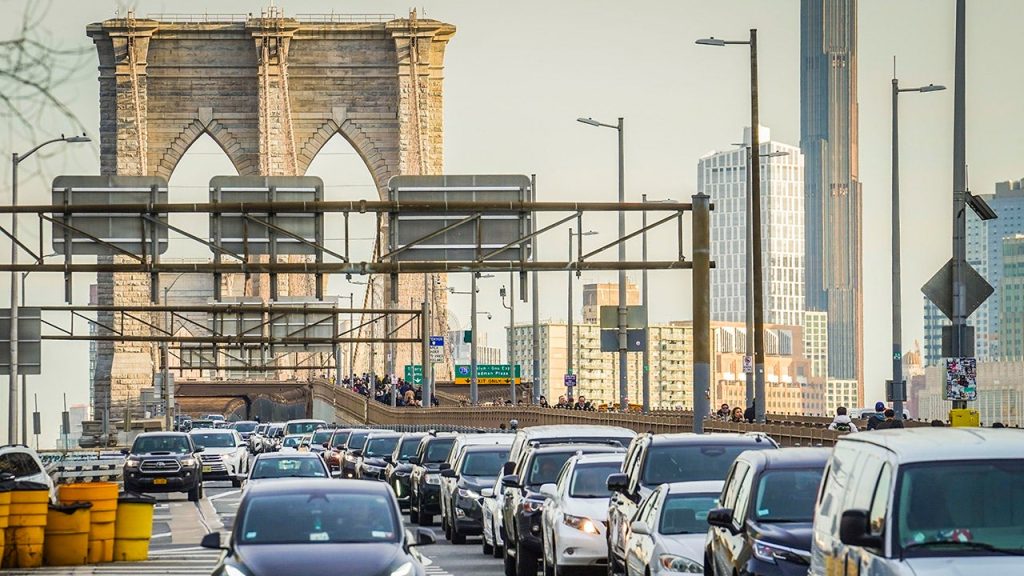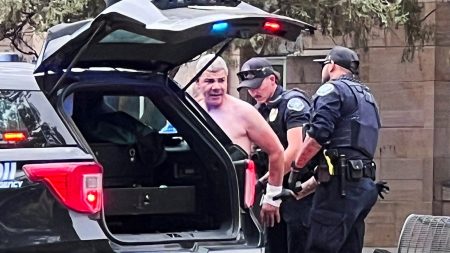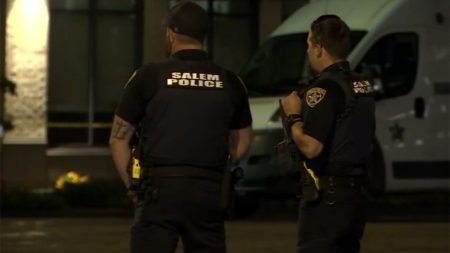The implementation of New York City’s congestion pricing plan, set to commence on January 5, 2025, has been thrown into a state of uncertainty following a partial ruling by a federal judge. While Judge Leo M. Gordon affirmed that New York State had largely fulfilled the necessary procedural requirements for the plan, he also requested further clarification from the Federal Highway Administration (FHWA) on specific aspects of the program. This request, due by January 17, 2025, has sparked conflicting interpretations from New York and New Jersey officials, leaving the immediate future of the congestion pricing plan hanging in the balance.
The plan, championed by New York Governor Kathy Hochul and approved by the Metropolitan Transportation Authority (MTA) board, aims to reduce traffic congestion in Manhattan’s central business district by imposing tolls on vehicles entering the area below 60th Street. This toll, initially projected at $15 but potentially lowered to around $9 due to inflation concerns, would be collected electronically via newly constructed gantries. Revenue generated from the tolls would be allocated towards improving public transportation infrastructure. However, the project has faced stiff opposition, particularly from New Jersey officials who argue it unfairly burdens their residents and businesses.
Judge Gordon’s ruling, while largely favorable to New York, introduced a crucial element of uncertainty by requesting the FHWA to address certain aspects of the congestion pricing plan. The judge’s specific concerns revolved around the FHWA’s justification for its approval of the environmental assessment and its explanation of mitigation measures. Moreover, the judge noted a significant change in the tolling scheme after federal approval, necessitating further consideration.
The differing reactions to the ruling highlight the ongoing dispute. New York officials, including Governor Hochul and MTA Chair Janno Lieber, proclaimed victory, asserting that the ruling does not impede the January 5th launch date. They expressed confidence that the FHWA’s subsequent actions, including approval of revised toll rates, would address the judge’s remaining concerns. Conversely, New Jersey officials, led by Attorney General Randy Mastro, interpreted the ruling as a de facto halt to the program, pending the FHWA’s response. They emphasized the judge’s criticism of the FHWA’s decision-making process and argued that the MTA cannot proceed with implementation until these issues are resolved.
The legal battle underscores the complex interplay of local, state, and federal interests in addressing regional transportation challenges. New York City’s congestion pricing plan, while aimed at alleviating traffic congestion within its borders, has significant implications for surrounding areas, particularly New Jersey. The plan’s opponents raise concerns about its potential economic impact on commuters and businesses, as well as the perceived lack of adequate consideration for mitigating these effects.
Further complicating matters is the impending presidential transition. President-elect Trump has expressed his intention to dismantle the congestion pricing program upon taking office on January 20, 2025. However, if the program is already in operation by then, reversing it could prove more challenging. The interplay between the court’s ruling, the FHWA’s response, and the incoming administration’s policy stance will ultimately determine the fate of New York City’s congestion pricing plan. The current uncertainty creates a complex and dynamic situation with significant implications for the future of transportation in the region. The legal and political wrangling continues, leaving commuters, businesses, and policymakers alike awaiting a definitive resolution.










